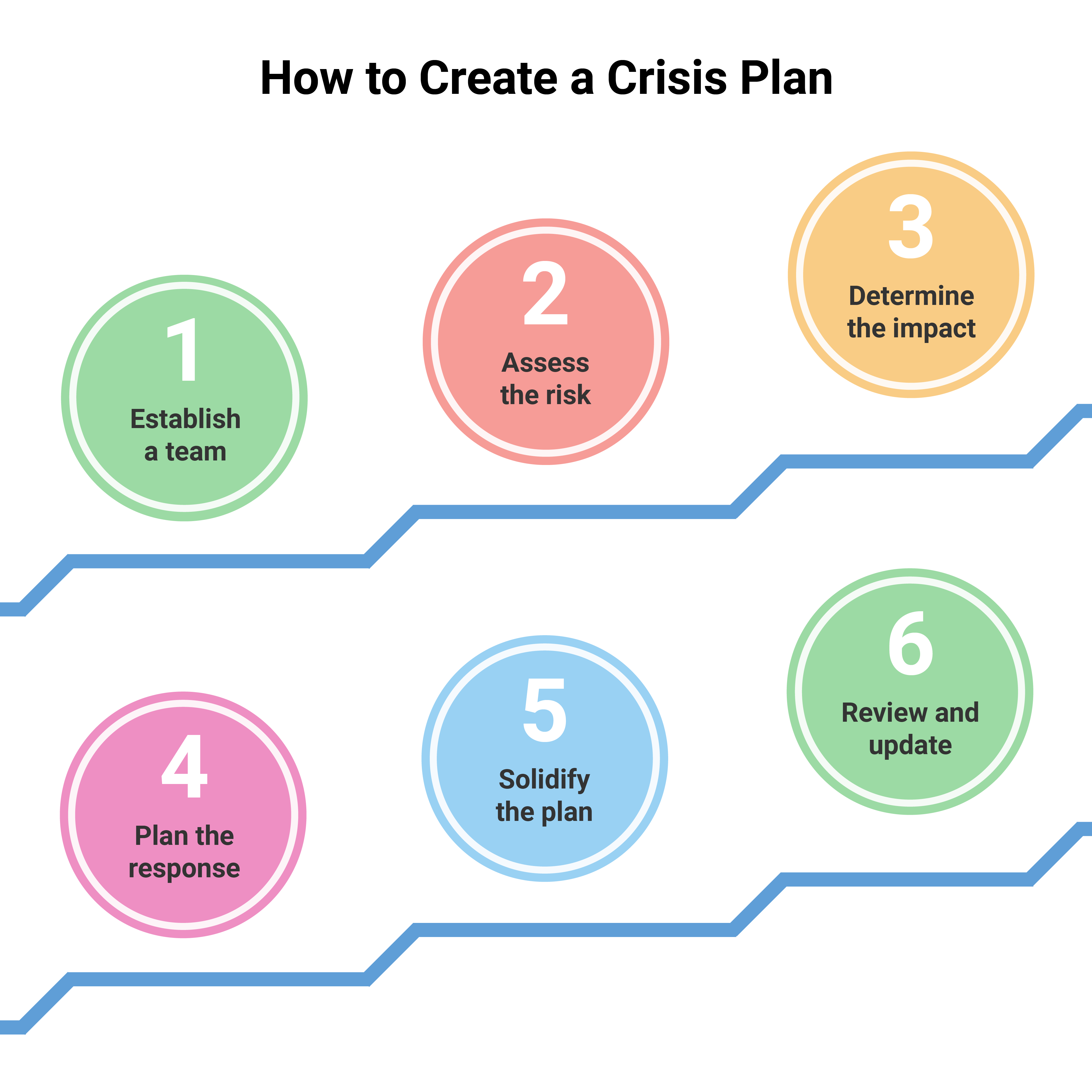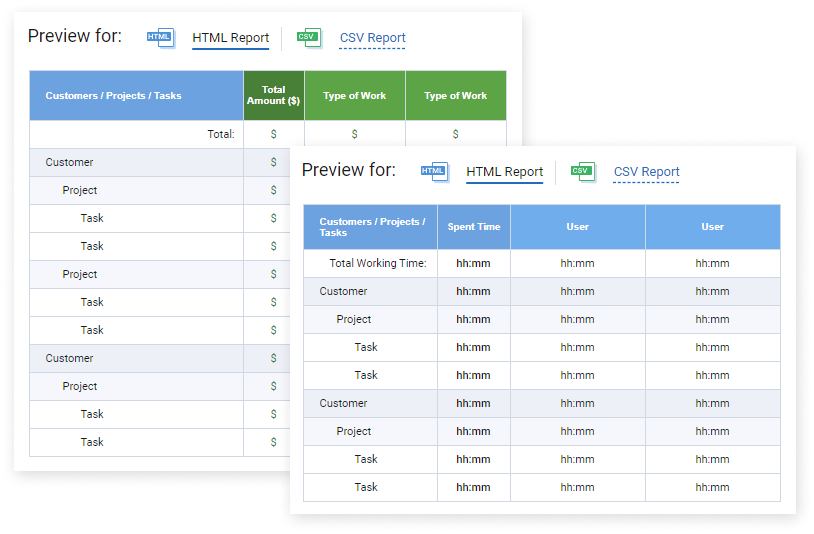
Over 50% of managers manage from two to five projects simultaneously. The difficulty of such a task is that it is necessary to notice, take into account, and integrate many components into the workflow. Plus, it’s important to do it in a prioritized way.
However, the task is quite feasible. To effectively manage multiple projects, it is enough to know six rules that turn a set of disparate tasks into an understandable system. They will be discussed further.
6 Tips to Manage Multiple Projects Simultaneously
1. Store All Projects in One Place
If you plan your budget in spreadsheets, appointments in email, and tasks in Trello, then all projects are not visible. Add to this a few sources of information and you have complete confusion. The chances of missing out on details, meetings, or project milestones are very high.
This leads to the sudden emergence of urgent tasks. We have to postpone what is planned in order to fulfill what has appeared. At best, work stops. At worst, teams will have to switch to other tasks instantly in the project. Sometimes, as a result of this turmoil, the work is done twice.
Protect yourself from this by using a multi-project management tool that will allow you to fix plans for each client. Even if there is a large-scale launch of several projects, all tasks and stages of work will be at a glance.
2. Set Plans, Goals, and Expectations from the Start
The absence of such leads to the appearance of inconsistencies in plans, processes and work results. Therefore, the starting point of any project should be creating a plan and developing a workflow. This will ensure consistency.
Established plans, goals and expectations should be clear to teams. How can this be ensured?
- Be clear about your goals.
- Mark steps and milestones.
- Assign people responsible for specific tasks
- Leave reviews and approvals.
- Describe plans and processes in terms of required and used software.
- Create a standardized, understandable, and familiar to employees, brief for tasks and projects that are often performed.
It is also important whether your team is international. Cultural differences and language barriers can lead to the fact that a person simply does not understand the created plan. If you run a multinational team, then consider preply english tutoring. Look at it as an investment. Helping team members improve their language proficiency will improve communication.
3. Develop Crisis Action Plans
Try to minimize the aspects of your work that are beyond your control. Think ahead of time about possible contingencies and the best course of action.

In particular, consider the intelligence of the team. People get tired of work. This is normal. Especially if they have to switch between different tasks and projects. Therefore, take care to minimize team fatigue. For example, through periodization.
Plan your work so that there are periods of high and low load. Think of it as a marathon. You reduce the intensity of the workload but ensure long-term and stable team performance.
4. Unite and Conquer
One of the common problems in management is the inconsistency of projects. It is important to consider the entire amount of work available. And not only in the context of a month but also a quarter, and in some cases even a year. The simultaneous launch of several web applications can lead to a conflict between projects, as well as delay in work. The reason is that there are too many tasks assigned to the team.
Therefore, the entire scope of work should be considered when planning. Coordinate with the following guidelines:
-
Set different start dates for similar projects.
This is especially true if they are performed by one team. Some managers think similar projects mean identical workflows. As if combining them should increase efficiency. However, this is not true. Concurrent execution of similar projects results in loss of focus, confusion, and delays. Let the team finish one product first and then move on to the next.
-
Consider dependencies.
Let’s imagine we have a website building project. You can just come up with a work plan, taking into account the stages of resource development. However, it is not a fact that it will be effective. For example, if before creating a site, it is necessary to carry out a major overhaul of the infrastructure. The main project depends on this stage. Thus, its implementation should be planned only after the completion of the preliminary work.
-
Pay attention to repetitive tasks.
Let’s imagine that for two projects it is necessary to purchase equipment for video shooting. You can find a seller for the first time, and the second time, just contact him again. However, the best option is to complete the tasks at the same time. This move will save time and energy. And by agreeing on the date of completion of tasks with the terms of projects, you guarantee that there will be no delays or downtime.
5. Down with Micromanagement
Management geniuses have long talked about the importance of delegating tasks. If the work does not belong to the category of the highest priority and can be safely entrusted to others, then do it. As a project manager, you must understand the significance of each task. You need to focus on the highest priority.
Remember trust, however. It is extremely important when delegating. When assigning team-specific work, give up the idea of control. Minimize micromanagement. To analyze the productivity of a workflow, you just need to watch completed tasks and progress in projects.
Delegation can indeed lead to some bugs. However, it is better in the long run. By entrusting and entrusting your team with work, you create a culture of personal responsibility for the results of actions.
Are you worried about making mistakes costly? Are not ready to take risks? So choose the safest way to start delegating. For example, working in a project management system and planning the entire work path.
6. Flexibility
The creation of a plan is necessary. However, the original terms, the work sequence and the people in charge can change. Refuse to follow the plan blindly. Always leave the flexibility to respond to circumstances.
This can be done through regular reports. A weekly project summary will let you see how each project is progressing. Accordingly, it will be possible to make appropriate changes to the original plan, increasing efficiency.

Project report templates in actiTIME
Manage Multiple Projects Successfully
Efficient management of multiple projects is possible. The key is setting realistic expectations. Remember that the team can get tired and the number of working hours is limited. Therefore, sequence / prioritize tasks, pay attention to reports, and keep key information in one place. This will help you see the whole picture. As a result, you can remain flexible, make changes to plans quickly, and maximize efficiency.
To manage multiple projects in a single environment, consider a project management system. For example, in actiTIME, you can create multiple projects, establish customized workflows, manage the workload, review project health with time and cost performance reports and more. Explore the whole list of actiTIME features and try actiTIME for free with a 30-day trial (no credit card required).



















































